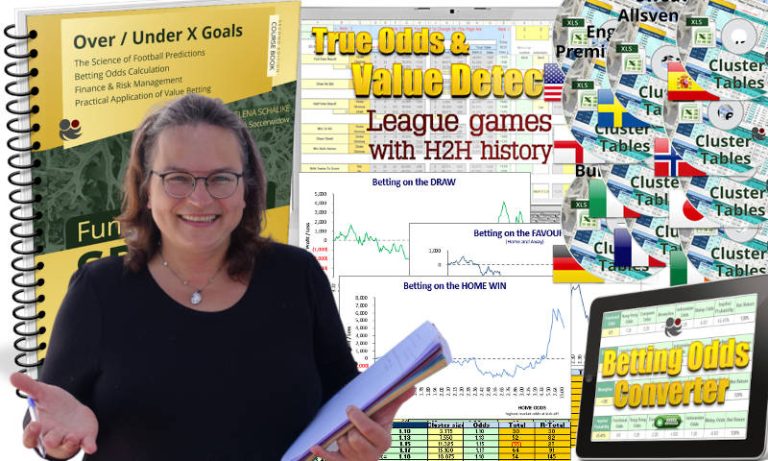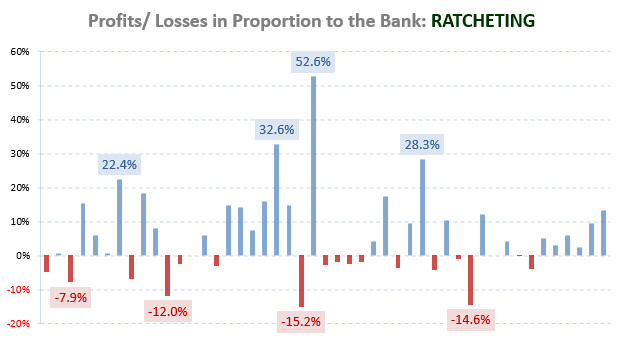
Although paradoxical, your Web site has to do everything possible to ensure that visitors who click on your Adsense adverts do not push the back button immediately, thus returning to your Web site. If they do this the advert click is wasted and goes unpaid…
Google Adsense Algorithm: Abuse Protection
Google has a built-in algorithm which tries to optimise adverts on your site.
It also checks the behaviour of your clients who must demonstrate a click pattern showing a positive response to your adverts; clicking on or buying from the adverts themselves, or continuing their progress in the Net for answers to their keyword searches (i.e. the adverts appearing in your article were relevant to their original search).
 Image: F.Schmidt (Shutterstock)
Image: F.Schmidt (Shutterstock)This algorithm is mainly designed to protect Adsense from abuse, such as click bombing: people who maliciously click on Google adverts appearing on a Web page with the sole aim of discrediting the affected site with Google.
This is not a joke and indeed there is murderous intent and severe competition of this nature on the Internet!
Of course, Google has an obligation to do everything possible to protect its advertisers. No advertiser wants to pay for clicks that are generated by abuse. Nobody likes receiving invoices for services which weren’t in fact rendered.
How exactly this algorithm works is a closely guarded secret at Google.
One observation is that Google records the time between the click on an advert and the return of the user to the original page.
It appears that clicks are not paid if the user returns within a ‘certain period of time’ to the Web site of origin. In other words, someone reads an article featuring an interesting advert, clicks on it, but does not remain on the advertiser’s Web site for long enough but returns to the original article/blog.
It is unknown how long the ‘certain period of time’ is.
Click-through Rate (CTR)
CTR expresses the number of clicked ads in relation to 1,000 page views.
Soccerwidow.com displays 2-3 Google ads per article and as at June 2012, daily visitor numbers are between 800-1200 meaning approximately 5,000 Google Adsense ads are being displayed daily.
This number of visitors is significant enough to evaluate experiments with variables such as ad positioning, ad size, colours, etc.
In various SEO forums a click-through rate (CTR) of 5 to 10% is discussed, meaning that there are Web sites in existence which definitely attain 50-100 paid clicks per 1,000 visitors.
Yesterday, 17.6.12, Soccerwidow.com counted over 1,000 visitors, and a 5-10% CTR would have meant 50-100 clicks. In reality, however, only 30 clicks were counted, and of these only 6 were paid (corresponding to a CTR of 0.6%).
We received readers who were clicking on more than one ad (on different articles, reasonable time intervals between clicks, and definitely no click bombing!), but many returned to the Soccerwidow site within a short time.
Aside from the fact that perhaps some of the clicks came from countries which have no monetary value for Google and their customers, a total of 24 from 30 clicks were not counted and therefore not paid. This is a considerable number.
Click farms are the winners!
The Google algorithm meant to protect against abuse, turns out in reality to curtail the progress of quality content sites and instead rewards Web sites with no real content.
Our impression is that profiteers of this algorithm are sites built with the sole purpose to lure readers via SEO optimisation and then present them with optimised sale content, persuading them to click on the ads. The user forgets the origin of their clicks, and will probably never visit this site again, but the site doesn’t care as there are plenty more fish in the ocean…
In fact, Google tries to distance themselves from these click farms, but it still seems to be the case that content-rich pages are disadvantaged against sites with no content.
The paradox of the situation
It is well accepted that advertising is a major source of revenue to websites. It is probably also indisputable that there is plenty of useless information to be found on the Internet, and readers are looking for unique and content-rich web sites.
However, the paradox of this situation is that one seems to exclude the other. Either the website has content, and then hardly any advertising revenue, or vice versa.
Google prohibits you from ‘persuading’ your readers to click on your ads. Your site may not, for example, have an arrow on screen pointing to an ad with a caption saying “Please click!“, or other similar methods of ‘pressure selling’ to readers. Adsense also prohibits themes and texts above or below ads such as, “Your click helps finance this site“.
We are wondering whether it is against Adsense policy to display a text saying, “If you click this ad, please do not under any circumstances return to this Web site!” ???
Have other Webmasters had similar experiences with Google Adsense? Any feedback would be very much appreciated…
Thanks for reading!







How can you press the back button if you open the ads in the new window, like the one on this page?